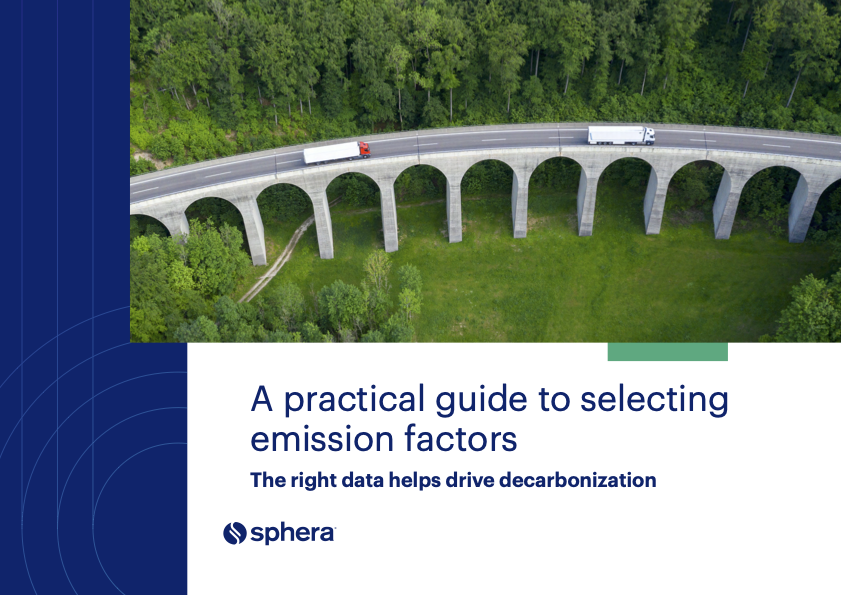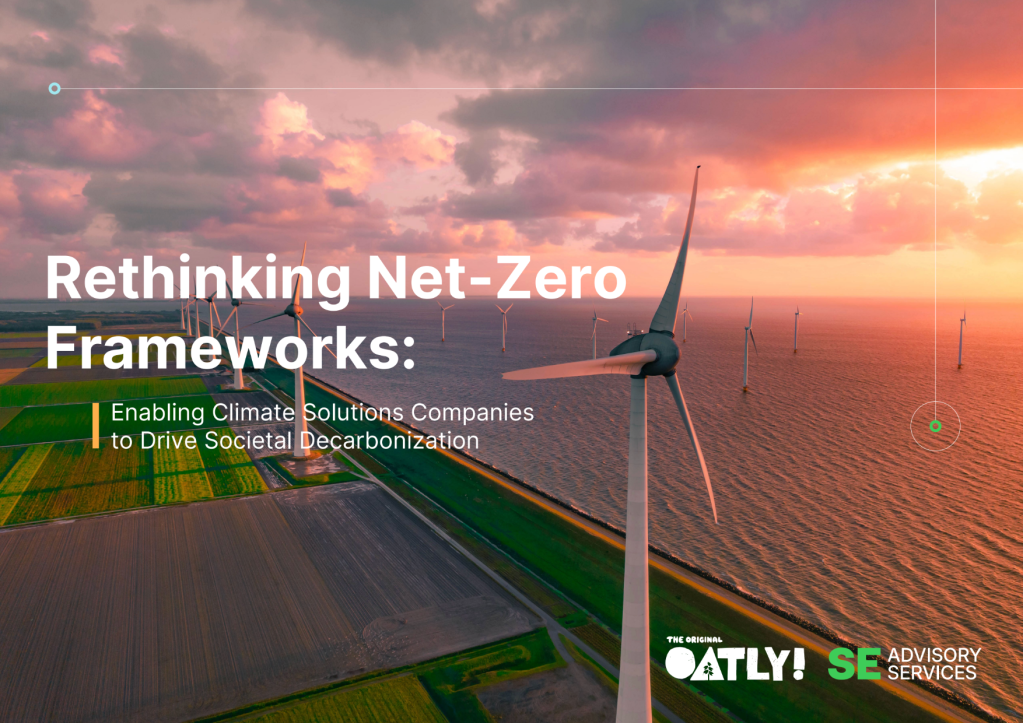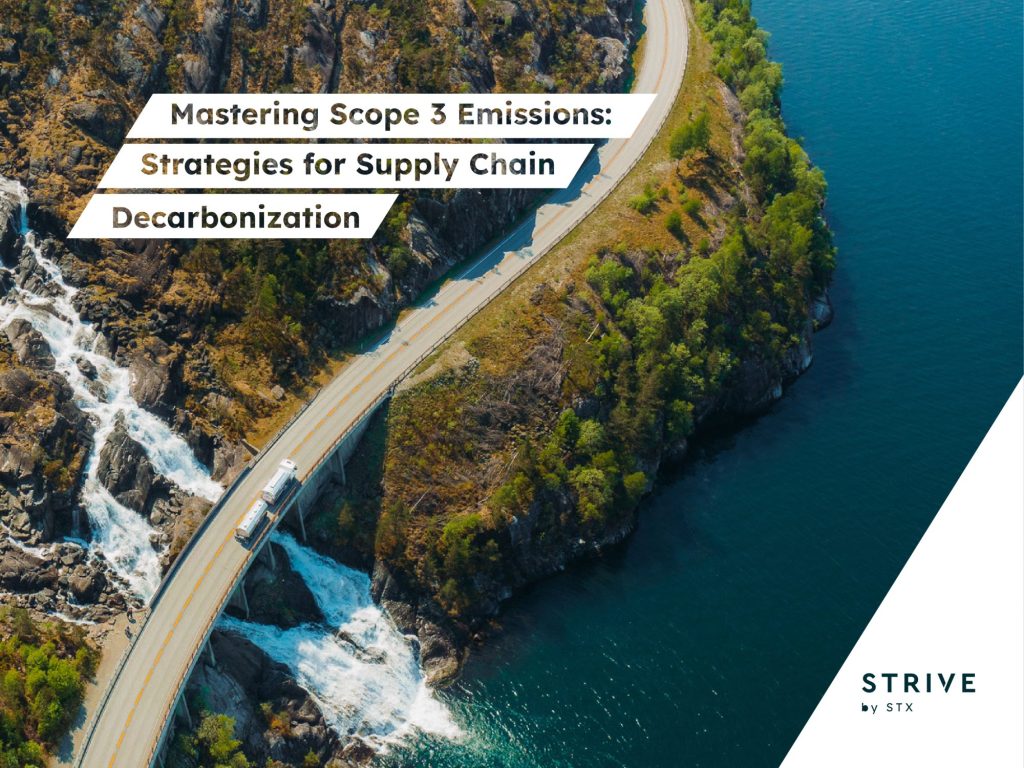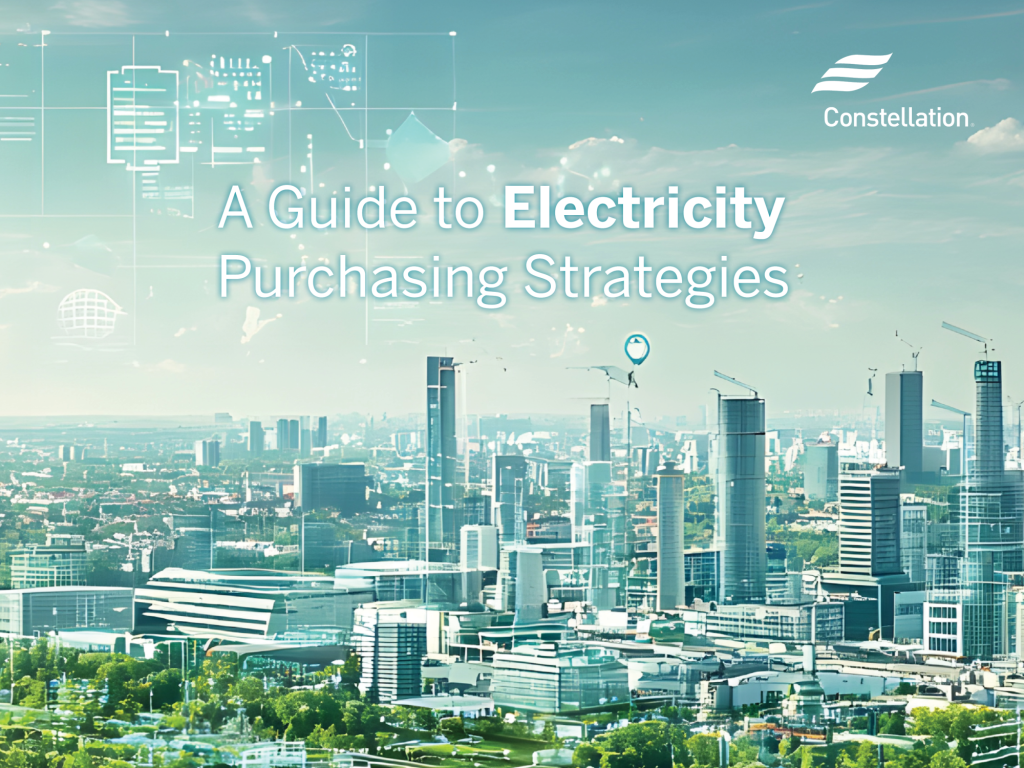The catch-22 of nuclear power
What makes the nuclear renaissance consequential isn't the technology, but how it's being deployed and who benefits from it. Read More
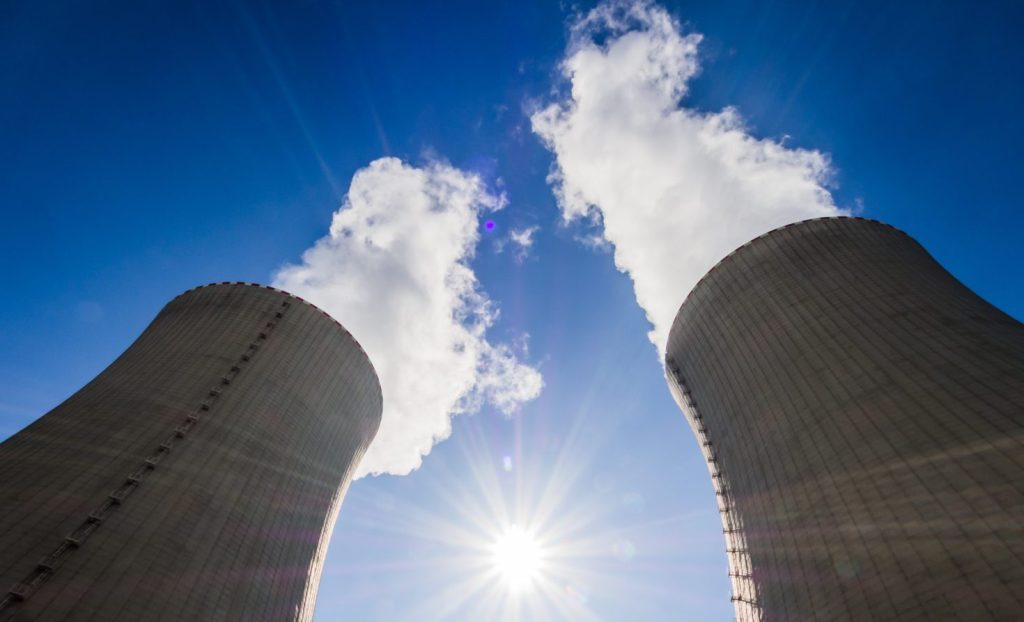
- Nuclear power is often presented as a climate solution, but the current deployment of nuclear power is more accurately understood as a private solution to a public problem.
- As large tech companies pour money into nuclear energy, a two-tiered energy system is emerging where a company’s ability to maintain climate commitments becomes increasingly correlated with market capitalization.
- The current situation requires sustainability professionals to ask questions about who decides, who benefits, who bears the risks and what alternatives exist.
The opinions expressed here by Trellis expert contributors are their own, not those of Trellis.
The embrace of nuclear power is often presented as a climate solution and in isolation, this characterization has merit. Nuclear energy is a clean, reliable power source that can help achieve climate goals while meeting growing energy demands. However, the current deployment of nuclear power is more accurately understood as a private solution to a public problem — one that forces us to confront questions about risk, responsibility and the kind of future we’re willing to create.
The new energy aristocracy
Let’s start with the basics: Microsoft, Amazon, Google and Meta have invested more than $20 billion in nuclear energy and its surrounding technology. In March, these four tech giants formalized their commitment by signing a pledge to triple global nuclear capacity by 2050.
This isn’t corporate virtue signaling; this is the world’s most valuable companies securing competitive advantage through energy infrastructure control. To provide a significant fraction of the terawatt-hours of electricity these tech giants consume each year, nuclear companies will likely need to build dozens of new plants, not just a couple of reactors.
Yet the nuclear capacity being secured by tech companies represents a tiny fraction of what’s needed to decarbonize the broader economy. According to the International Energy Agency, U.S. data centers alone consumed roughly 4.4 percent of the country’s total electricity consumption. By 2030, this figure is projected to grow by 133 percent to 426 terawatt-hours. The nuclear deals announced by tech companies, while substantial, amount to perhaps six to seven gigawatts of capacity when fully operational — a meaningful addition, but less than 2 percent of projected U.S. electricity demand growth.
This creates a two-tiered energy system where a company’s ability to maintain climate commitments becomes increasingly correlated with market capitalization. When the most powerful corporations purchase their way to carbon-free electricity through long-term nuclear contracts, they simultaneously absorb significant capital and regulatory attention that might otherwise be directed toward more scalable solutions. Nuclear construction requires specialized regulatory oversight, supply chains and expertise that exist in limited supply. Every dollar and engineer devoted to private nuclear projects is, in effect, unavailable for grid-scale decarbonization.
The uncomfortable truth is that we’re witnessing the privatization of climate solutions at precisely the moment when we need coordinated, systemic action. This isn’t a moral failing on the part of tech companies — they’re rational actors responding to market incentives. But their rational behavior creates externalities that undermine broader decarbonization efforts.
The moral labyrinth
Nuclear power presents a profound moral dilemma that cannot be resolved through simple cost-benefit analysis. The arguments on both sides have genuine weight and grappling with this technology requires acknowledging the legitimacy of competing frameworks.
Advocates of nuclear power make a case grounded in consequentialist ethics: nuclear energy’s massive carbon-free output and superior safety record compared to fossil fuels create an obligation to deploy it widely. When you consider that climate change will disproportionately harm the world’s most vulnerable populations — those with the least responsibility for emissions and the fewest resources to adapt — the failure to deploy available low-carbon technologies can look like negligence.
From this perspective, opposition to nuclear power becomes a form of moral luxury that wealthy environmentalists can afford while the world’s poor will pay the price in heat waves, crop failures and climate-driven conflict.
Data supports this position in important ways. Nuclear power has caused fewer deaths per unit of energy produced than any fossil fuel source, including natural gas. Even accounting for Chernobyl and Fukushima, nuclear energy’s safety record is exceptional when measured against the continuous toll of air pollution from coal and gas, which kills millions annually. If we’re serious about preventing catastrophic climate change while maintaining modern standards of living, can we afford to dismiss a proven technology capable of generating baseload power without carbon emissions?
Critics counter that nuclear power imposes unacceptable risks of catastrophic accidents — events whose probability may be low but whose consequences are nearly unbounded. More fundamentally, it creates radioactive waste requiring secure management for periods that exceed the entire span of recorded human history. This represents a form of intergenerational tyranny where present benefits come at the expense of future burdens we cannot fully imagine, let alone mitigate.
Something is troubling about creating materials that will remain lethally toxic for 10,000 years when we can barely predict social and political conditions a century hence. What right do we have to impose such obligations on future generations who’ll have no say in the matter and receive none of the benefits? This isn’t abstract philosophizing; it’s a fundamental question about acceptable levels of imposed risk and responsibility across time.
Concentration of risk, diffusion of benefit
Nuclear facilities typically concentrate risks in local communities while benefits flow elsewhere. The communities hosting nuclear plants — and especially those designated for waste storage — bear elevated accident risks, property value impacts and the psychological burden of proximity to hazardous facilities. Meanwhile, the electricity generated flows hundreds of miles away to power data centers and urban areas whose residents enjoy the benefits while remaining insulated from the risks.
This pattern mirrors broader environmental justice concerns, where marginalized communities disproportionately host society’s hazardous infrastructure. Nothing is necessarily malicious about this arrangement, but it does represent a form of spatial inequity that we should at minimum acknowledge.
The technology’s complexity also undermines energy democracy by requiring centralized expertise and institutions. Nuclear power cannot be deployed locally or managed by communities. It demands national regulatory frameworks, specialized engineering knowledge and institutional continuity spanning decades. This stands in stark contrast to distributed renewable generation, where homeowners and communities can directly participate in energy production. The choice between these paradigms isn’t merely technical; it’s a choice about the kind of society we want to inhabit and who holds power over critical infrastructure.
Beyond calculation
We’re confronting fundamental questions about acceptable levels of imposed risk, intergenerational responsibility and the wisdom of creating technological systems whose consequences far outlast their creators.
The current moment makes these tensions particularly acute. Tech companies deploying private nuclear capacity are, in effect, making civilizational decisions about risk and responsibility that will reverberate for millennia. These decisions are being driven by market logic and corporate procurement strategies rather than democratic deliberation about the kind of energy future we collectively choose.
This doesn’t mean nuclear power is necessarily wrong, but it does suggest that the question, “Should we deploy nuclear energy?” cannot be separated from questions about who decides, who benefits, who bears the risks and what alternatives exist. What we need is a more sophisticated framework for making collective decisions about risk, responsibility and the distribution of both benefits and burdens. This requires moving beyond individual corporate procurement strategies toward systemic solutions that ensure clean energy deployment serves broad social goals rather than narrow commercial interests.
The nuclear question, ultimately, is about what obligations we owe to those who come after us, what risks we have the right to impose on local communities, and whether our most consequential technological choices should be determined by market forces or democratic deliberation. These aren’t questions that physics or economics alone can answer. They require reasoning about the kind of world we want to create and the legacy we’re willing to leave behind.

Subscribe to Trellis Briefing
Featured Reports

The Premier Event for Sustainable Business Leaders





